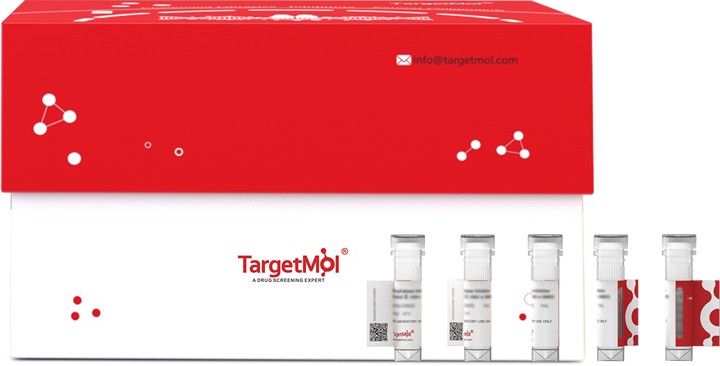Shopping Cart
- Remove All
 Your shopping cart is currently empty
Your shopping cart is currently empty

Siglec-2/CD22 Protein, Human, Recombinant (His, Solution) is expressed in HEK293 mammalian cells with His tag. The accession number is P20273-1.

| Pack Size | Price | Availability | Quantity |
|---|---|---|---|
| 25 μg | $247 | In Stock | |
| 50 μg | $384 | 7-10 days | |
| 100 μg | $597 | 7-10 days | |
| 200 μg | $968 | 7-10 days |
| Biological Activity | Tested by Flow cytometric analysis of anti-CD22 CAR expression. |
| Description | Siglec-2/CD22 Protein, Human, Recombinant (His, Solution) is expressed in HEK293 mammalian cells with His tag. The accession number is P20273-1. |
| Species | Human |
| Expression System | HEK293 Cells |
| Tag | His |
| Accession Number | P20273-1 |
| Synonyms | SIGLEC-2,SIGLEC2,CD22 molecule |
| Construction | Recombinant human CD22 (isoform-beta, P20273-1, extracellular domain, Met 1-Arg 687) are conjugated with PE under optimum conditions, the unreacted PE was removed. |
| Formulation | Aqueous solution containing 0.5% BSA and 0.03% Proclin 300 |
| Stability & Storage | This reagent is stable for 6 months when stored at 2°C-8°C. Protected from prolonged exposure to light. Do not freeze! |
| Shipping | Shipping with blue ice. |
| Research Background | CD22 is a member of the immunoglobulin superfamily, SIGLEC family of lectins. It is first expressed in the cytoplasm of pro-B and pre-B cells, and on the surface as B cells mature to become IgD+. CD22 serves as an adhesion receptor for sialic acid-bearing ligands expressed on erythrocytes and all leukocyte classes. In addition to its potential role as a mediator of intercellular interactions, signal transduction through CD22 can activate B cells and modulate antigen receptor signaling in vitro. The phenotype of CD22-deficient mice suggests that CD22 is primarily involved in the generation of mature B cells within the bone marrow, blood, and marginal zones of lymphoid tissues. CD22 recruits the tyrosine phosphatase Src homology 2 domain-containing phosphatase 1 (SHP-1) to immunoreceptor tyrosine-based inhibitory motifs (ITIMs) and inhibits B-cell receptor (BCR)-induced Ca2+ signaling on normal B cells. CD22 interacts specifically with ligands carrying alpha2-6-linked sialic acids. As an inhibitory coreceptor of the B-cell receptor (BCR), CD22 plays a critical role in establishing signalling thresholds for B-cell activation. Like other coreceptors, the ability of CD22 to modulate B-cell signalling is critically dependent upon its proximity to the BCR, and this in turn is governed by the binding of its extracellular domain to alpha2,6-linked sialic acid ligands. However, genetic studies in mice reveal that some CD22 functions are regulated by ligand binding, whereas other functions are ligand-independent and may only require expression of an intact CD22 cytoplasmic domain at the B-cell surface. CD19 regulates CD22 phosphorylation by augmenting Lyn kinase activity, while CD22 inhibits CD19 phosphorylation via SHP-1.Cancer ImmunotherapyImmune CheckpointImmunotherapyTargeted Therapy |

Copyright © 2015-2025 TargetMol Chemicals Inc. All Rights Reserved.